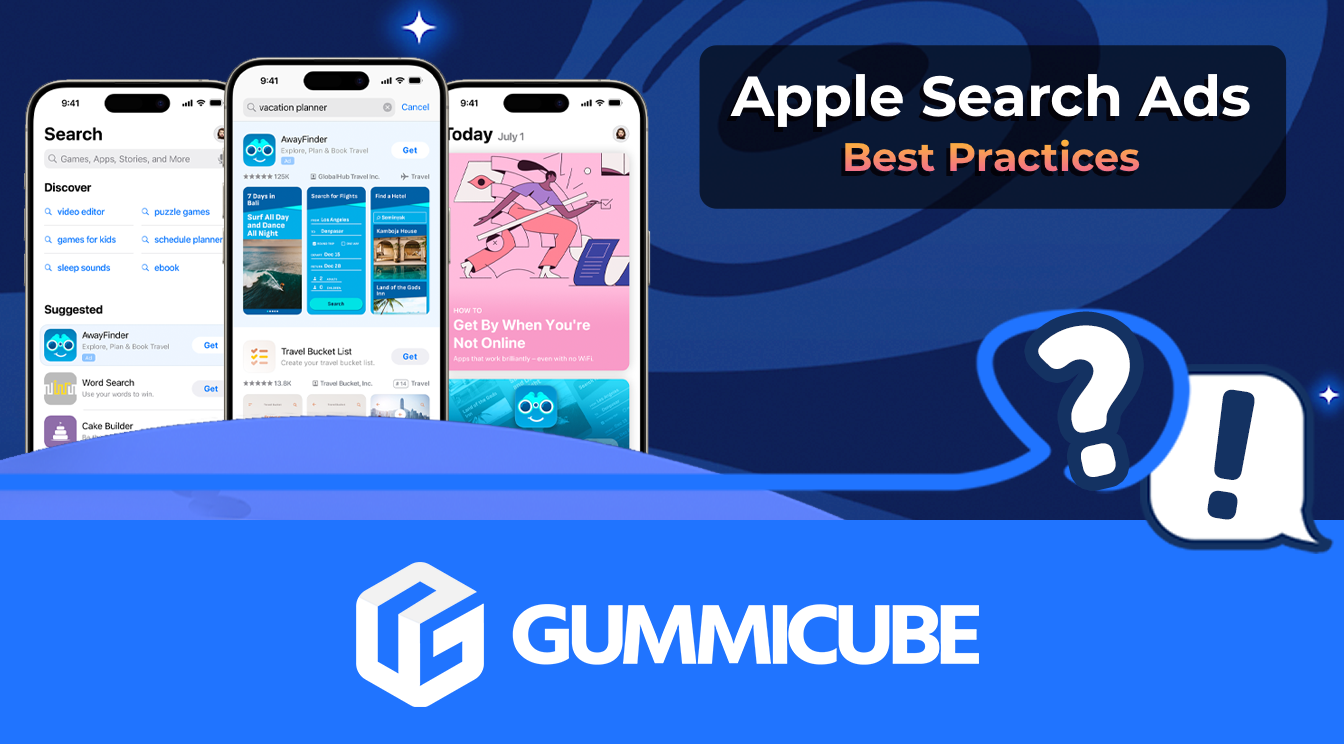
5 Best Practices for Apple Search Ads
Posted on July 3rd, 2024
Are you leveraging Apple Search Ads the right way? Take a look at these recommendations to optimize your paid campaigns and target the right users.
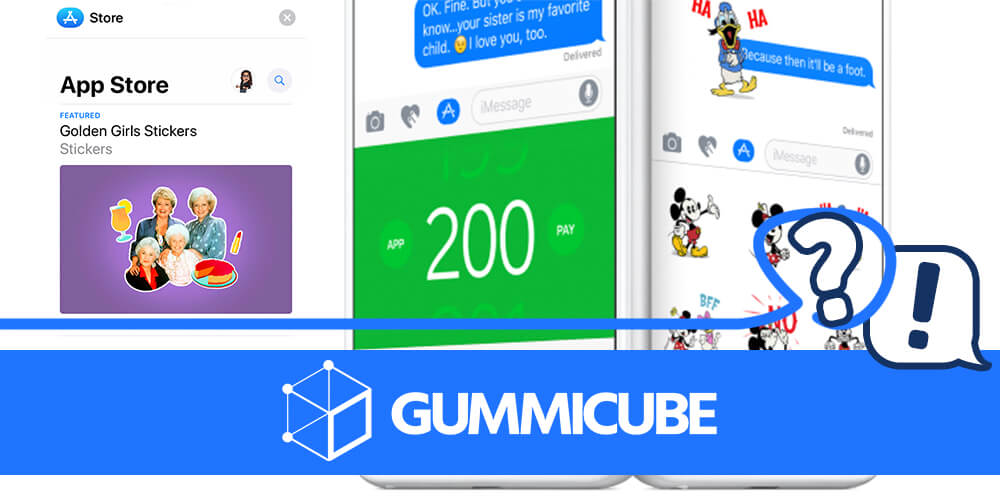
Since the release of iOS 10, the App Store for iMessage has been available to users and developers. That means developers have more opportunities to expand their horizons by creating and submitting an iMessage app. This addition opened a whole new market for developers, but they’ll still need to make sure that they have an App Store Optimization (ASO) strategy in place to ensure that users are finding their iMessage apps and sticker packs.
iMessages are texts, photos, or videos that users can send to iOS devices and Macs over WiFi or cellular networks. These messages will appear differently versus an SMS/MMS message on an iOS device.
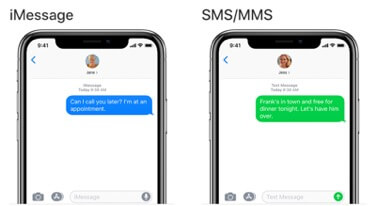
When iMessage apps were announced during WWDC 2016, no one realized that Apple was essentially creating an expansion to its App Store. iMessage apps can be distributed as either an extension to an existing app or an extension which is an independent app. That means that developers don’t have to have a “parent” app and can create a standalone iMessage app. When developers are creating iMessage apps or sticker packs, they’ll need to use the most up-to-date version of Xcode and iOS. On the Apple iMessage page, they list Xcode9 as the latest version developers can use. Apple suggests that they make sure that the design and images are optimized to provide an interactive experience that doesn’t disrupt the flow of users’ conversations.
Users can view the product page when using the iMessage feature on their iOS device (iPhone or iPad) by first tapping the App Store icon. Developers can submit metadata that includes the app’s name, description, screenshots, and keywords. 
Similar to the App Store, the app icon is one of the first elements that users will see. Developers will have to make an effective first impression to capture users’ attention and communicate what the iMessage app does. Developers will need to upload two icons: one for the App Store for iMessage and one for the App Store for iPhone and iPad. The icon dimensions developers need to submit will be slightly different:
They’ll need to make sure that their icon’s image doesn’t become distorted or difficult to view as it will often appear on iOS devices in smaller sizes. The system will automatically resize the app icon and apply an oval mask for the App Store for iMessage, but developers shouldn’t upload an oval icon.
Developers can use terms such as “iMessage” and “Stickers” in their app name and description, but they’ll want to avoid repeating these terms and phrases in their targeted keywords. The app name should be unique and relevant to the brand and app’s core features. For the description, developers will need to follow ASO best practices and integrate any targeted keywords to emphasize the app’s core features.
Exactly like the App Store, developers are limited to 100 characters total for their iMessage keyword bank. They should separate their keywords by commas and not spaces to avoid wasted space. Just like the app name and description, developers can use terms such as “iMessage” and “Stickers” in their keywords, but they should target others that aren’t used in the app name. Targeting keywords that have already been used it the app name is a waste because the app is already targeting that keyword. Developers will need to target keywords that are relevant to their app or sticker pack. For example, if the app is a solitaire game, the developer should target keywords such as “cards,” “solitaire,” and more that are relevant to its features. By focusing on keywords similar to those listed above, the app will appear in the App Store for iMessage when users search by those terms and phrases.
For all iMessage apps and iOS extensions, developers can provide separate sets of screenshots for their iMessage content, which will be used across all device sizes. They can upload up to ten screenshots per set. Developers will also have to submit their screenshots to the iMessage section of their app’s version page in My Apps on App Store Connect. If they choose to show iMessage conversations in the screenshots, the information and people displayed are not allowed to be real. They can’t display real phone numbers either and will need to adhere to other Apple specifications. Other than those rules, developers should follow general ASO best practices for screenshots to ensure that they’re optimized and converting users.
In addition to creating apps for iOS devices, developers should take advantage of this opportunity and work on creating iMessage apps and even sticker packs. Diving into iMessage apps will help developers expand their app’s reach to other iOS features and allow users to interact with it without leaving their current conversation. Developers will need to make sure that they have an ASO strategy in place to effectively optimize their iMessage app and sticker packs to improve their chances of discoverability. Competition is actively growing in the App Store for iMessage, so developers should utilize this opportunity and use the knowledge they’ve gathered from ASO to fully optimize their iMessage app’s metadata. Want more information regarding App Store Optimization? Contact Gummicube and we’ll help get your strategy started.

Are you leveraging Apple Search Ads the right way? Take a look at these recommendations to optimize your paid campaigns and target the right users.
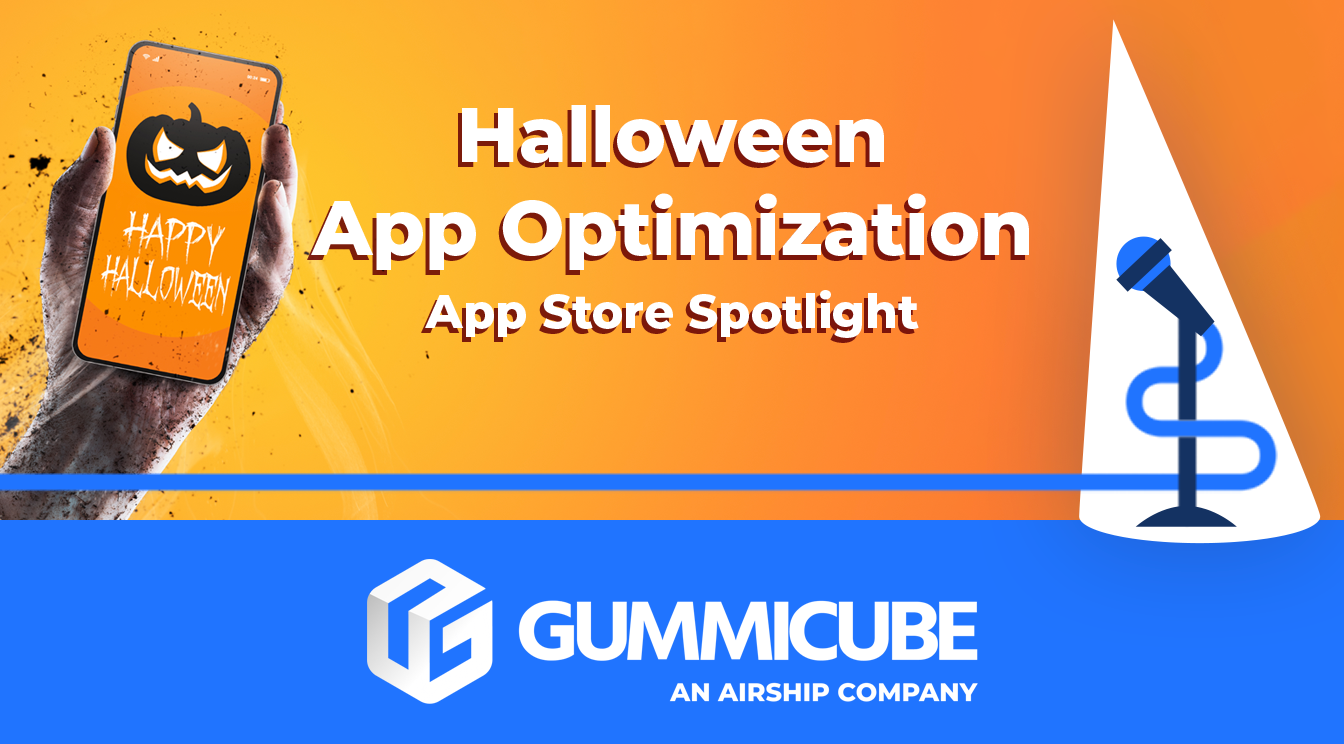
Ghostly happenings are among us... and in your app listing too? If you aren't leveraging the power of app seasonality to make relevant tweaks to your store listing you're leaving precious engagement and conversions on the table.
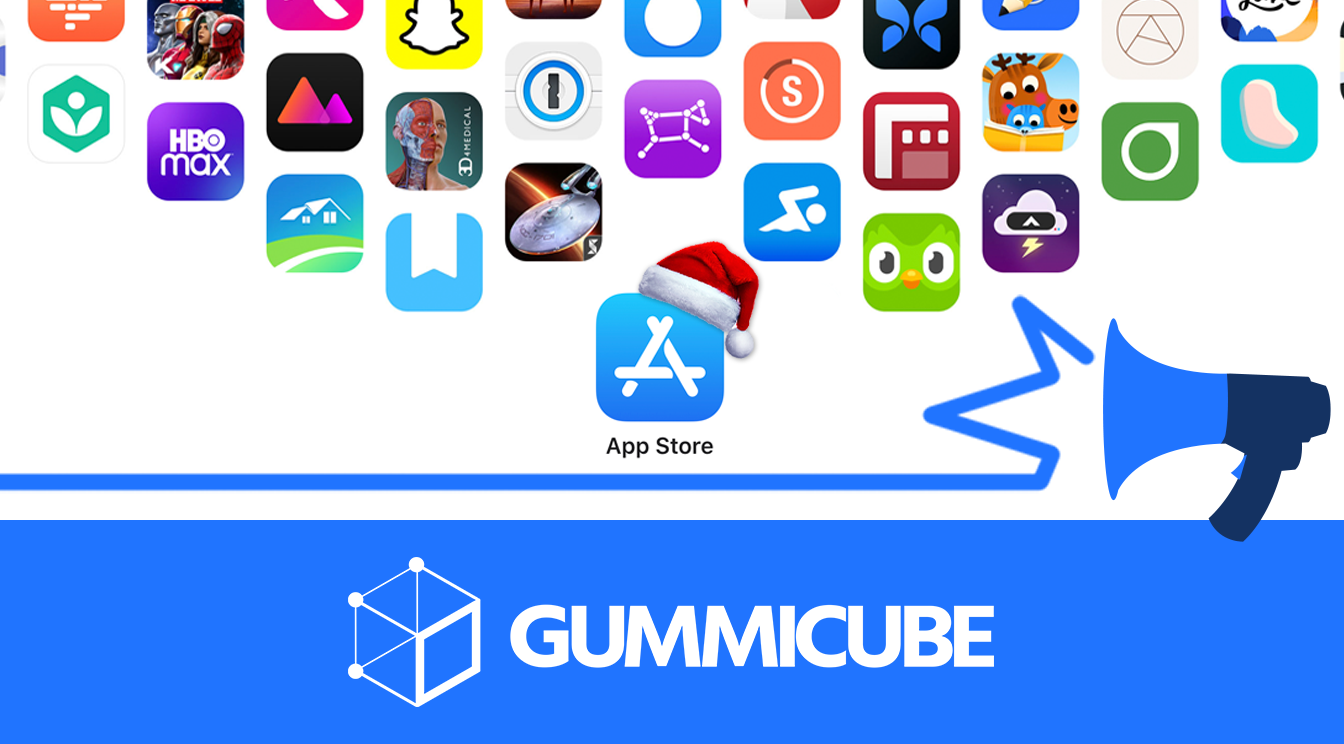
Developers on the iOS App Store should plan in advance of the upcoming Holiday Schedule to allow enough time for apps to get approved during the busy holidays.